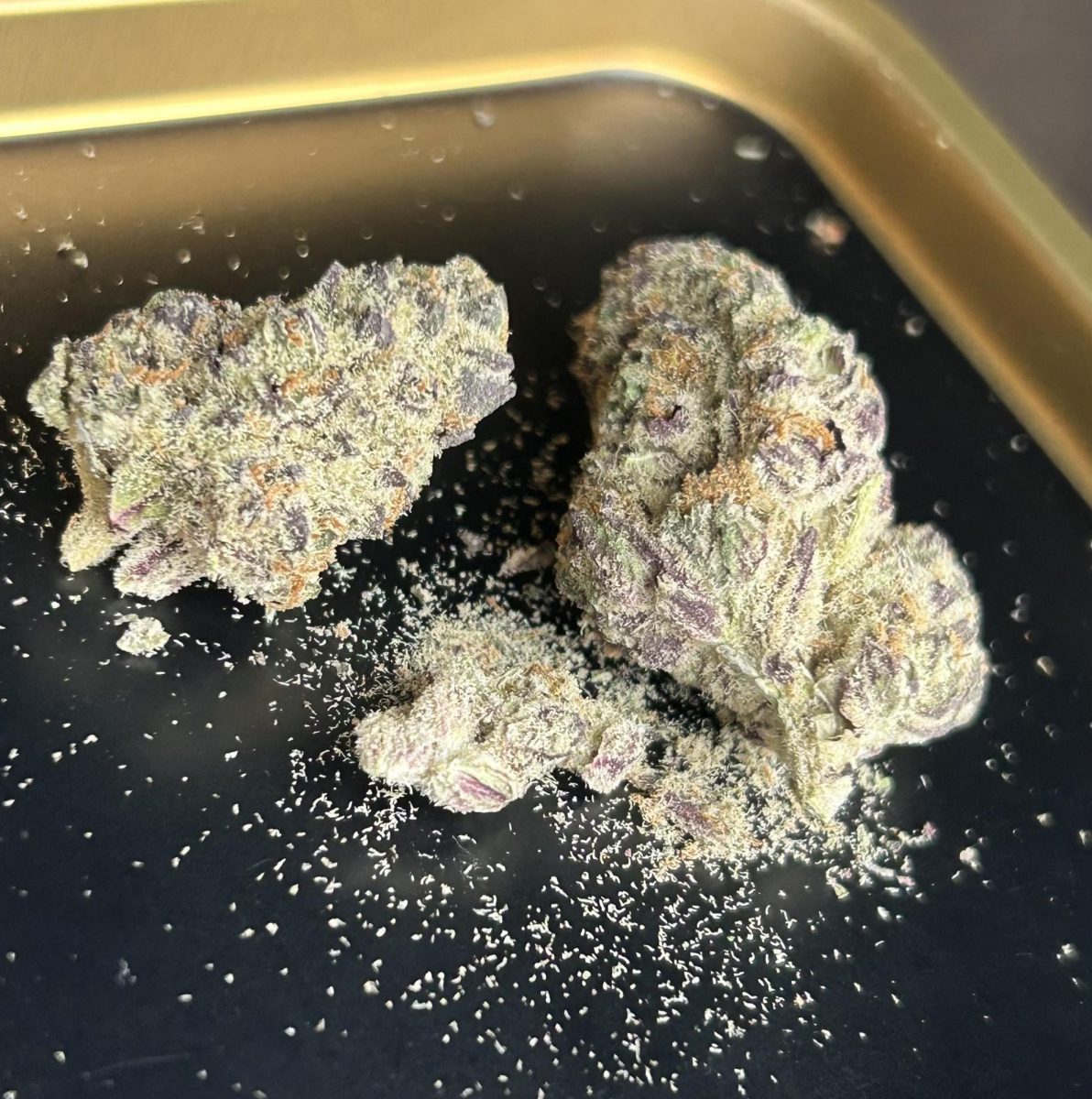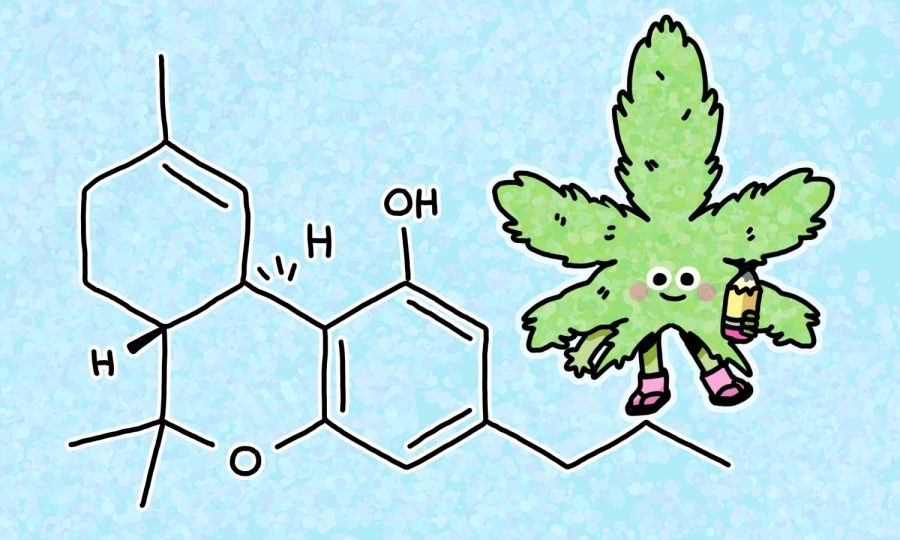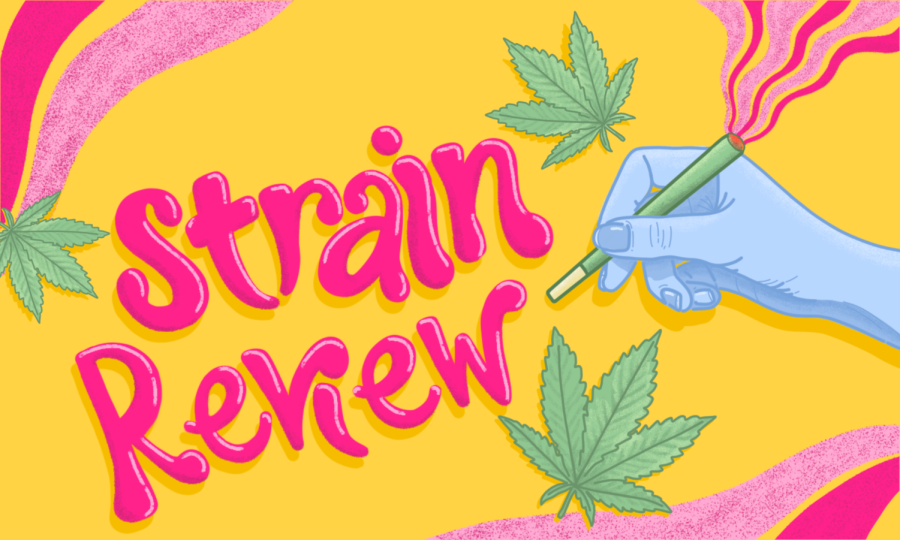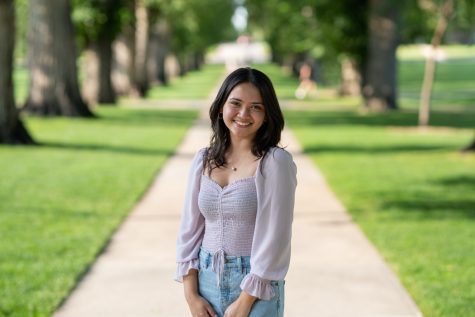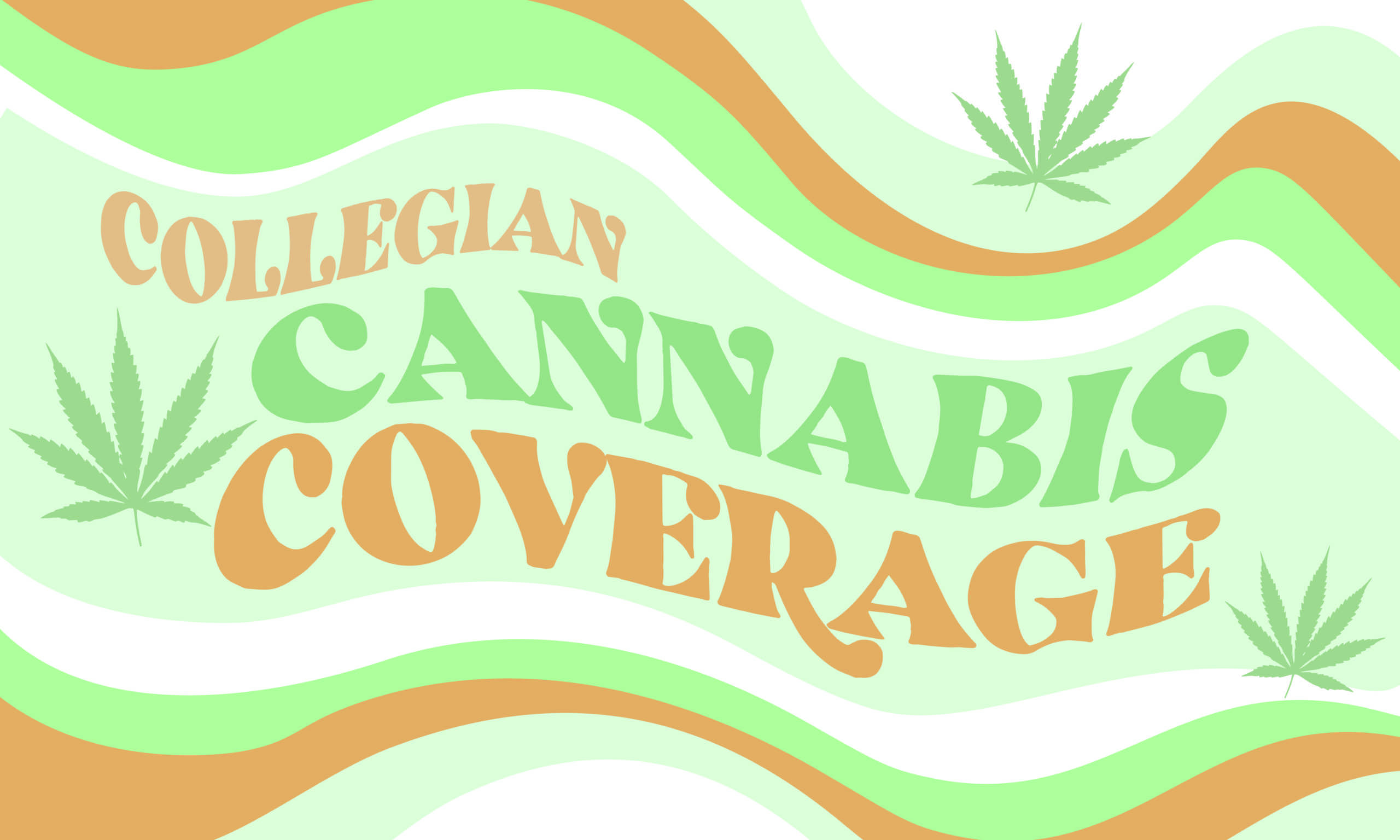
The world of cannabis can be a little intimidating for anyone hoping to start their time as a casual user. What is CBD, and why can I buy it at the gas station? What is “flower,” and is it legally distinct from weed?
That’s why I got in touch with Rob Mejia, a cannabis professor at Stockton University in New Jersey and author of “The Essential Cannabis Book: A Field Guide for the Curious.” Mejia shared some tips with me for anyone coming from a cannabis prohibition state who might like a little guidance in starting their journey.
1. Do you have reservations about trying THC? Give CBD a try first.
For the uninitiated, THC — tetrahydrocannabinol — is the compound in cannabis responsible for creating the feeling of a high in your brain, while CBD — cannabidiol — has recently gained popularity as a way of combating inflammation and stress. CBD produces no high.
“Maybe after dinner, if you have a little homework or want to watch a little TV, or are having trouble going to sleep, maybe (you) want to try a little CBD,” Mejia said. “And then from there, because of all the options in Colorado, maybe try something that is part CBD and part THC.”
This is an excellent tip for anyone hoping to experiment with the way cannabis makes them feel without the risk of experiencing anxiety or other potential THC side effects. With so many options, you can find the product that matches your comfort level.
Many dispensaries sell joints or vape cartridges that advertise an extremely high ratio of CBD to THC. For a new user, the higher the CBD ratio, the better.
2. Start low, go slow.
This is the most famous cannabis beginner tip of all, and you may have already heard this advice or some variation of it. Still, it bears repeating.
Whether you’re using CBD-dominant products or regular flower, it’s best to take just one puff and wait 10 minutes before consuming more. This is where vape cartridges become a useful tool, as you can slowly and precisely control the amount of cannabis you consume.
“Vaping pretty much affects you almost the same way as smoking,” Mejia said. “It hits the lungs quickly; it will affect you pretty quickly and will last a little bit less than regular smoke but (will last) about an hour.”
3. On edibles: Be patient.
Edibles can be another great way to control consumption, but the previous tip applies twofold here. If you can find edibles that are accurately dosed out in a dispensary, newcomers should start with just 2.5 milligrams of THC and then do nothing.
“Once you take that dose, I recommend you don’t drink alcohol, smoke or take cannabis in any other form, and see how it affects your body,” Mejia said. “It will affect you within 30 minutes up to two hours, and when it hits, it hits.”
The biggest thing to avoid here is a classic folly that you no doubt have heard of before: The double-dose blunder. Please do not take some edibles, feel nothing and then take more edibles. The waiting period between taking the edibles and feeling them can be excruciating, especially if you’re not even sure they’re going to work. This is why taking a single puff from a pen, joint or bowl is typically a smarter move for beginners.
4. What if I get too high? Don’t panic.
Becoming uncomfortably high can be a difficult experience that puts many people off of cannabis entirely. You might not be thinking about this article in that situation, but if you manage to, there are a few things you can do to help yourself.
“First of all, hopefully you’re around someone who has some experience with cannabis who can reassure you,” Mejia said. “You’re not gonna die.”
He added that drinking water or taking a walk can be excellent ways to turn the experience around. However, if none of that stuff works and you just want to pull the rip cord, you can use the magic of chemistry to escape the situation.
Peppercorns — plain black uncrushed pepper — contain terpene caryophyllene, which mitigates the effects of THC in the human body. Simply chew them or sniff pepper and feel the anxiety leave your body. Is it a placebo? Don’t think about that — you’re too high. Of course, if you have any of those high-CBD products we talked about earlier, that can do the trick as well.
5. Maybe don’t do it at all.
Though cannabis can be a lot of fun for a lot of people, you might need to seriously ask yourself whether or not giving it a shot is the right choice for you. It’s an uncomfortable truth from which many THC acolytes shy away, but people with underlying anxiety, psychosis or a family history of any mental illness are more likely to be negatively triggered by cannabis products, especially edibles or any form of THC concentrate.
“If you’ve ever tried cannabis in the past, and you found that you got paranoid or were very anxious about it, that’s a sign that you might want to stay away from high-THC products,” Mejia said. “I would say that anybody new, don’t mess with concentrates. Wait until much later, or maybe never do it.”
6. Be cognizant of your consumption.
If you find you like cannabis, great! The key thing to remember here is that cannabis is best used as a tool for relaxing or connecting with other people. Overuse is a problem that some face.
“If you notice that you’re using, and you start to use more often, that could be the start of a warning sign, or you could also just be fine,” Mejia said. “The withdrawal symptoms are more like coffee, and the ‘addictive level’ of cannabis is that of coffee as well.”
Mejia recommended taking personal stock once in a while. Ask yourself if you’re spending more time and energy attempting to acquire cannabis or spending too much of the day high.
If so, try to inject some more rewarding activities into your life. This is often easier said than done, but Colorado State University offers mental health resources that students can take advantage of if need be.
“Let it be part of your whole wellness,“ Mejia said. “Let it make you a healthier, more engaged person versus a more removed person.”
Hayden Hawley can be reached at cannabis@collegian.com or on Twitter @hateonhawley.



